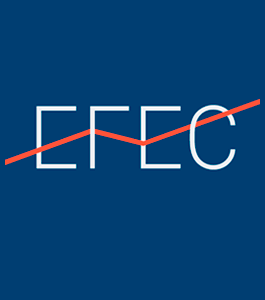28/09/2017
How To Stop Boring Students When Teaching Personal Finance
Publicado por Shahar Ziv en Forbes.com
Is your personal finance lesson spongeworthy?
In one of the most memorable Seinfeld episodes of all-time, Elaine’s preferred contraceptive sponge is pulled off the market, causing her to hoard her existing stash. With a limited supply, Elaine agonizes over whether the man she’s dating is “spongeworthy” or if she should wait for a better catch.
Elaine’s dilemma is not only entertainment, but also a humorous method to analyze more mundane and humdrum economic topics like opportunity cost, scarcity, and option-value pricing. Princeton Professor Avinash Dixit applied Elaine’s predicament in a paper, An Option Value Problem from Seinfeld, “to quantify [the value of] this concept of spongeworthiness.” The paper went viral, at least by academic journal standards, and helps reinforce how Seinfeld can be used to teach economics. Similarly, I have found the use of clips from Seinfeld and other popular television shows to be an essential tool when teaching financial literacy, not only to reinforce important concepts, but also to drive student engagement.
My mission for the past seven years has been to help students and recent graduates develop healthy money habits and build the foundation for a lifetime of financial wellness. As the co-founder of the Harvard University Personal Financial Management Wintersession Program who has also had the privilege of working with students at Columbia and Wharton as well as resident physicians at Mount Sinai Hospital, I’ve encountered the challenge of…
Si quieres seguir leyendo el artículo, accede a:
(…) Lee el artículo completo en la web de Forbes -http://http://www.forbes.com///-


